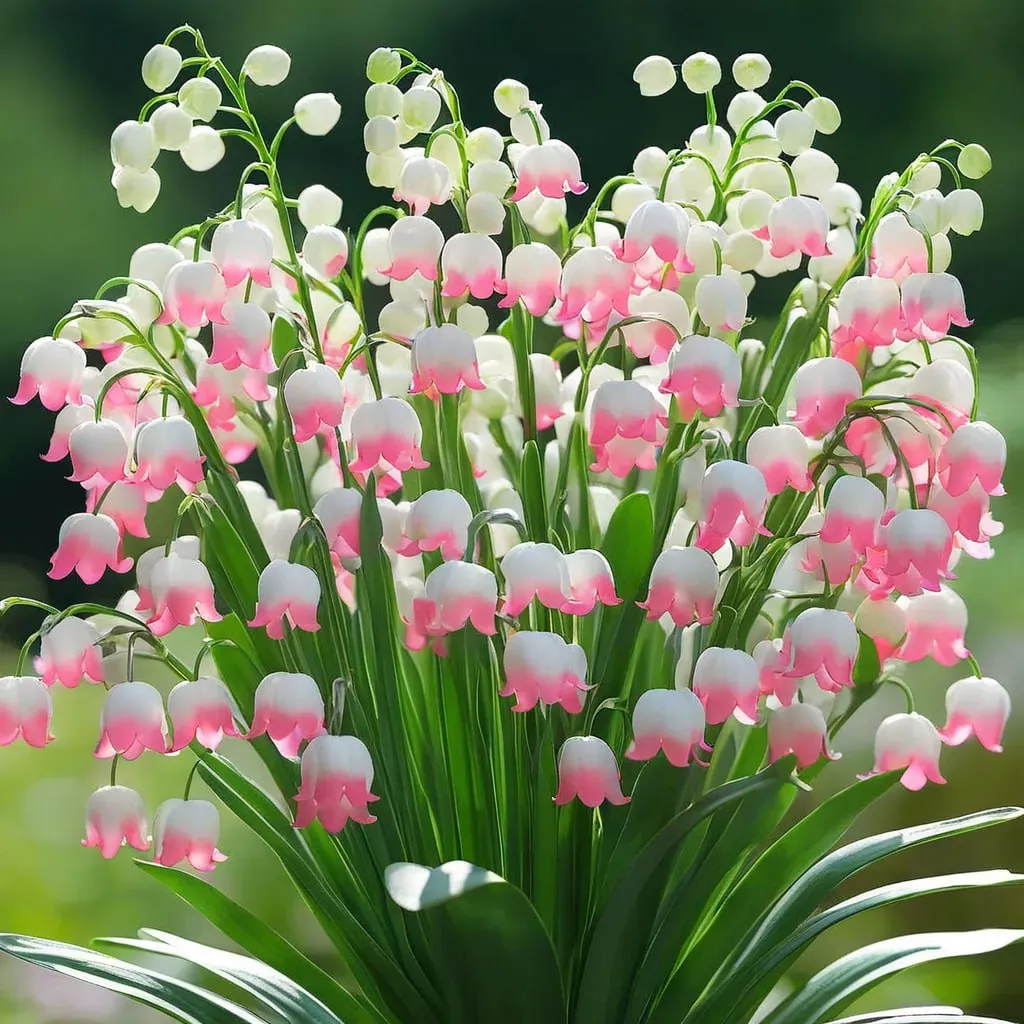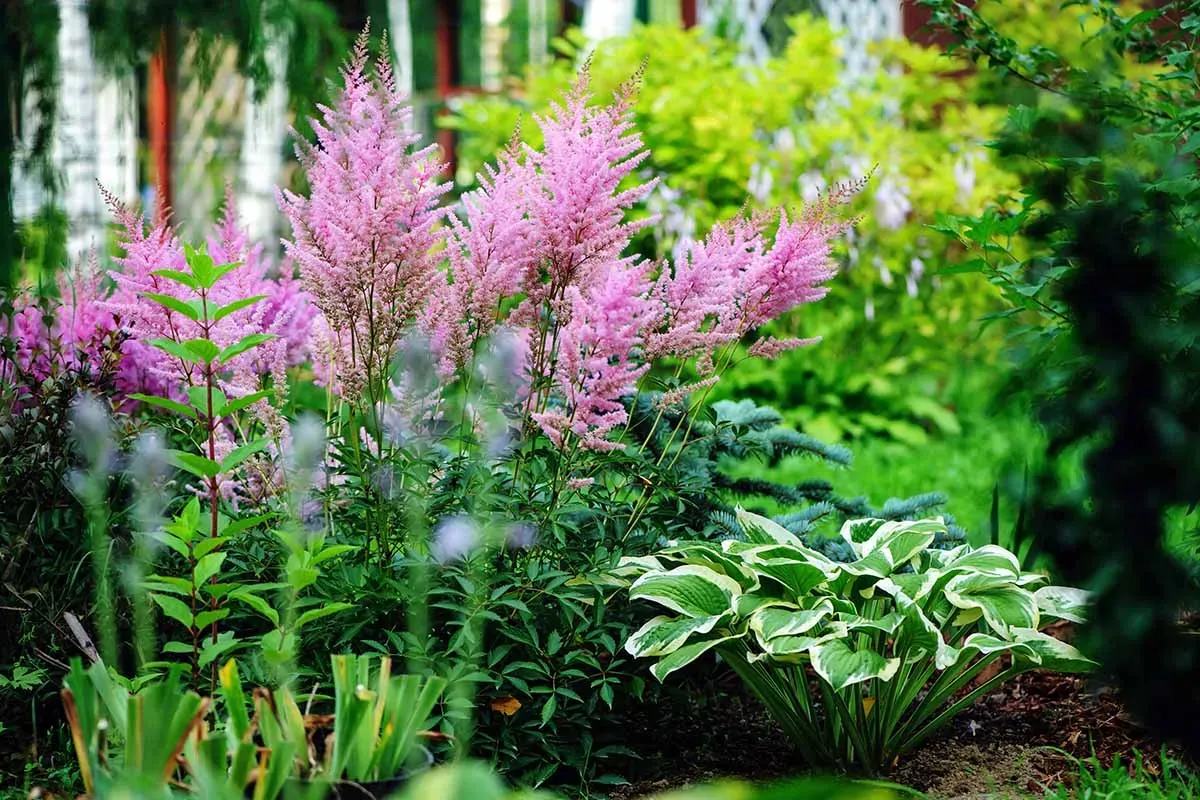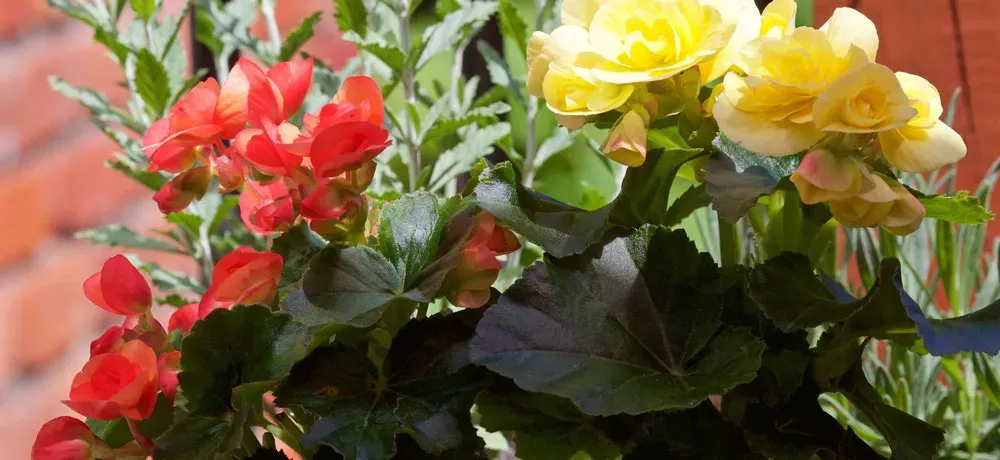Table of Contents
So, you've got a shady spot in your garden that's crying out for some color and vibrancy, right? Don't despair! Many people think lilies need sun to thrive. But the truth is, several varieties of lilies actually prefer a little less direct sunlight. This article, brought to you by lilyflower.homes, will guide you through the world of Shade-tolerant lilies. We'll explore the best varieties for your garden, discuss their specific needs, and offer step-by-step planting instructions. We'll even give you some creative landscaping ideas to make your shady space truly shine. Get ready to learn the beauty and resilience of shade-tolerant lilies and transform your garden into a stunning oasis, even in the shadiest corners. Prepare to be amazed by the surprising variety and stunning blooms you can achieve! Remember, even a shady spot deserves some lily love.

Shade-tolerant Lilies: The Ultimate Guide For Shady Garden Spots
Choosing the Right Shade-Tolerant Lilies for Your Garden

Choosing The Right Shade Tolerant Lilies For Your Garden
Understanding Light Needs: It's Not Just About Shade!
Okay, so you want shade-tolerant lilies. That doesn't mean they *love* to live in complete darkness! Think of it like this: they prefer a dappled shade, like a gentle afternoon tea party under a leafy canopy. Direct, blazing sun isn't their cup of tea—it can scorch their delicate petals. Instead, they thrive in areas with filtered sunlight, where the sun peeks through leaves and creates a soft, diffused glow. A spot under a tree or a partially shaded area of your garden is perfect. You wouldn't want to put them in the darkest corner of your yard, though! They need *some* light to make their magic happen—those beautiful blooms don’t appear from thin air, you know.
- Morning sun, afternoon shade
- Filtered light under trees
- Avoid intensely sunny areas
Remember that even with shade-tolerant varieties, the amount of light they get impacts the quality of their blooms. Too little light, and you might get fewer flowers. Too much, and you risk getting burnt petals – not a good look for your lilies! For more on getting the right amount of sunlight, check out our guide on lily sunlight needs.
Variety is the Spice of Life (and the Garden!):
Not all shade-tolerant lilies are created equal. Some are taller, some are shorter, some have vibrant colors, others are more subtle. Think about the overall look you want to achieve in your garden. Do you want a dramatic statement or a more delicate touch? There are lilies with simple, trumpet-shaped blooms, others with more open, star-like flowers. Some even have incredible fragrances that will perfume your garden! Research different cultivars – there are tons of options! Don't just grab the first one you see, do some digging. For example, consider the 'Landini' lily, known for its gorgeous, soft-pink flowers that do well in partial shade. Or, if you're looking for something a little different, explore the delightful 'Tiny Bee' lily, a petite and cheerful variety perfect for smaller spaces. Finding the right variety is key to a successful planting!
Lily Variety | Flower Color | Height (approx.) | Shade Tolerance |
|---|---|---|---|
'Landini' | Soft Pink | 3-4 feet | High |
'Tiny Bee' | Yellow/Orange | 1-2 feet | Medium |
Before you buy, consider the mature size of the lily. You wouldn't want a giant lily overpowering a small space, would you? Check the plant labels carefully, or ask your local garden center for advice. They often have a wealth of knowledge, and they're usually pretty happy to share it! For more info on choosing the right lily for your garden, consider our guide on lily care.
Matching Lilies to Your Garden's Personality:
Think of your garden as having a personality. Is it a romantic cottage garden, a bold modern space, or something in between? Choosing lilies that complement your garden's style is crucial. For example, a classic white lily would fit beautifully in a traditional setting, while a more vibrant, brightly colored lily might be a better choice for a contemporary landscape. Consider the surrounding plants too – do you want the lilies to stand out or blend in? Think about the textures and colors of other plants already in your garden. Do you have lots of ferns? Maybe a lily with delicate petals would work well. Lots of bold foliage? Perhaps a lily with more striking flowers would be a better fit. It's all about creating a harmonious and visually appealing space.
"The best gardener is one who knows the best plants for the place, and puts them there." - Unknown gardener
Don't forget about the soil! Well-draining soil is essential for lilies, even shade-tolerant ones. Soggy soil can lead to rot, which is a lily's worst nightmare. If your soil is heavy clay, you might need to amend it with compost or other organic matter to improve drainage. You can find more information on preparing your soil in our comprehensive guide on lily soil requirements. A little preparation goes a long way in ensuring happy, healthy lilies!
Understanding the Needs of ShadeTolerant Lilies
Watering Woes and Wins
Watering shade-tolerant lilies is a bit like Goldilocks finding the right porridge. Too much water, and the bulbs can rot. Too little, and the leaves wilt. You need to get it just right. Check the soil regularly. It should be moist but not waterlogged. A good rule of thumb is to water deeply but less frequently. This encourages the roots to grow deeper, making the lilies more resilient. For more on watering tips, check out our guide on .
Another tip is to use a moisture meter. It’s a simple tool that can help you avoid the guesswork. Stick it in the soil, and it will tell you exactly how wet or dry it is. If you notice the soil is consistently dry, you might need to water more often. Conversely, if it’s always soggy, cut back on the watering. Remember, happy lilies mean a happy garden!
- Water deeply but less frequently
- Use a moisture meter for accurate readings
Feeding for Flourishing Flowers
Feeding your shade-tolerant lilies is like giving them a healthy diet. Just as you need the right nutrients to thrive, so do your lilies. A balanced fertilizer can make all the difference. Look for one that’s high in phosphorus, which promotes root growth and flower development. Apply the fertilizer in early spring and again in mid-summer. This gives the lilies a boost when they need it most. For more on choosing the right fertilizer, check out our guide on .
Be mindful not to over-fertilize. Too much of a good thing can be harmful. Overloading the soil with nutrients can burn the roots and damage the plants. Follow the instructions on the fertilizer package, and err on the side of caution. If you’re not sure, it’s better to under-fertilize than over-fertilize. A little goes a long way!
Season | Feeding Frequency | Fertilizer Type |
|---|---|---|
Early Spring | Once | High in phosphorus |
Mid-Summer | Once | High in phosphorus |
Planting and Caring for Shade-Tolerant Lilies: A Step-by-Step Guide

Planting And Caring For Shade Tolerant Lilies A Step By Step Guide
Getting Your Lilies in the Ground
Planting shade-tolerant lilies isn't rocket science, but a little know-how makes a big difference. First, you gotta choose the right spot. Remember that dappled shade thing we talked about? Think filtered sunlight, not total darkness. I once planted some lilies in a super-shady spot, and they were so sad, they barely bloomed! It was a total flop. Then, I dug up my sad lil' lilies and moved them to a brighter spot, and BAM! Beautiful blooms! It was like magic! So, find that perfect balance of shade and light. Once you've got your spot, dig a hole about twice as deep as the bulb is tall. Gently place the bulb in the hole, pointy end up (it’s not that hard, trust me!). Cover it with soil, water it gently, and pat yourself on the back. You're a planting pro! For more tips on prepping your soil, check out our guide on . You'll thank me later.
- Choose a spot with filtered sunlight.
- Dig a hole twice as deep as the bulb.
- Plant pointy end up.
- Water gently.
Ongoing Care: Keeping Your Lilies Happy
Okay, so you've planted your lilies, congrats! Now the fun part: keeping them happy and healthy. Think of it like this: lilies are like little divas – they need the right amount of water, food, and TLC. Too much water, and they'll get grumpy and rot. Too little, and they'll wilt. Aim for consistently moist soil, but avoid soggy conditions. Watering deeply but less often encourages strong roots. And just like us, lilies need food! Use a balanced fertilizer in spring and summer to give them a boost. But don’t overdo it! Too much fertilizer is like giving them too much cake – it's not good for them. Follow the instructions on the package, and remember, a little goes a long way. For additional watering tips, see our guide on watering lilies. Remember, happy lilies mean happy you!
Task | Frequency | Notes |
|---|---|---|
Watering | Regularly, but avoid soggy soil | Check soil moisture |
Fertilizing | Spring and summer | Use a balanced fertilizer |
Shade-Tolerant Lilies: Creative Landscaping Ideas and Design Inspiration

Shade Tolerant Lilies Creative Landscaping Ideas And Design Inspiration
Shade Gardens as Miniature Forests
Imagine your shade garden as a miniature forest. The dappled light filtering through the leaves creates a magical atmosphere, much like a fairy-tale setting. You can plant your shade-tolerant lilies in groups, mimicking the way wildflowers cluster in nature. The 'Landini' lily, with its soft pink blooms, would look stunning in a woodland setting. The 'Tiny Bee' lily, with its bright yellow and orange petals, adds a pop of color and cheer. These lilies can be the stars of your shady forest, drawing the eye and adding charm.
For more on creating a woodland garden, check out our guide on container growing. It's all about making the most of the space you have, even in the shadiest corners. To enhance the forest feel, consider adding ferns and hostas around your lilies. These plants complement the lilies' delicate beauty and create a lush, layered look. Think of it as building a mini ecosystem right in your backyard!
- Group lilies together for impact
- Add ferns and hostas for a layered look
Shade-Tolerant Lilies in Container Gardens
Not everyone has a sprawling garden. If you're short on space, don't worry! You can still enjoy the beauty of shade-tolerant lilies in container gardens. Containers are not just for small spaces; they're also perfect for adding a touch of color to patios, balconies, and even indoor settings. The best part? You can move them around to catch that dappled light or to create different focal points in your outdoor space. Try planting the 'Tiny Bee' lily in a container and place it on your patio. The bright colors will make your space feel alive and vibrant.
For more tips on container gardening, check out our guide on soil requirements. The right soil mix is crucial for healthy container plants. Use a well-draining potting mix and ensure the container has drainage holes to prevent waterlogging. You can also add a layer of gravel at the bottom of the pot to improve drainage. With a little care, your container lilies will thrive and beautify any space, no matter how small.
Lily Variety | Container Suitability | Additional Tips |
|---|---|---|
'Tiny Bee' | Excellent | Use well-draining soil |
'Landini' | Good | Add a layer of gravel |
Final Thought
With a little planning and care, you can successfully cultivate beautiful shade-tolerant lilies in your garden. Remember to choose varieties suited to your specific conditions, provide adequate moisture and nutrients, and consider the overall design of your landscape. By following the tips outlined in this article, you can enjoy the simple beauty of these remarkable flowers for years to come. Happy gardening!